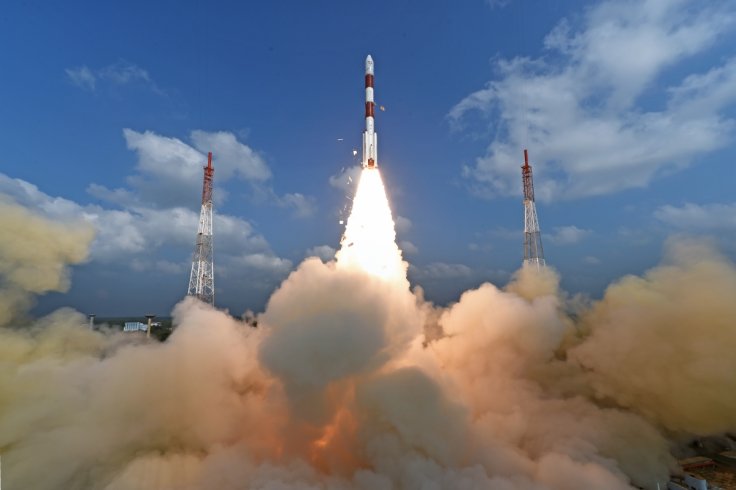
India has started the 28-hour countdown for the launch of its 42nd Polar Satellite Launch Vehicle (PSLV). The launch has been scheduled for January 12 at 9:28 AM (IST) from Indian Space Research Organisation (ISRO) launch Pad in Sriharikota, Andhra Pradesh.
The ISRO website said that the 28-hour countdown began at 5.29 AM on Thursday in the mission control room for the rocket launch. The propellant filling operation for the fourth stage of the launcher is currently in progress.
The launcher will carry 31 satellites weighing 1,323 kg as its payload. The payload satellites include Cartosat-2F, the sixth satellite of Cartosat-2 series for Earth observation, along with 28 other foreign satellites and one Microsatellite and one Nanosatellites from India.
Foreign satellites include payloads from Canada, Finland, France, Republic of Korea, UK, and the USA. The international payload includes 25 nanosatellites and 3 microsatellites, weighing about 613 kg. Cartosat-2F will weigh 710 kg during the lift-off.
M. Annadurai, ISRO Satellite Center Director told IANS, "The microsatellite will be India's 100th satellite in space."
The mission will be a major come back for India's record-breaking workhorse launcher PSLV, which has been undergoing a series of tests following its failure to launch IRNSS-1H, the eighth satellite of the Indian Regional Navigation Satellite System, on August 31, 2017.
The ISRO workhorse launcher holds the record for launching 104 satellites in one go in February 2017. Otherwise, the PSLV vehicle is considered one of the most trusted launch vehicles of the Indian space agency which has launched 39 missions consecutively and successfully, including India's Lunar mission Chandrayaan-1 and Mars mission Mangalyaan 1 to the respective planets.
(With Inputs from IANS)









